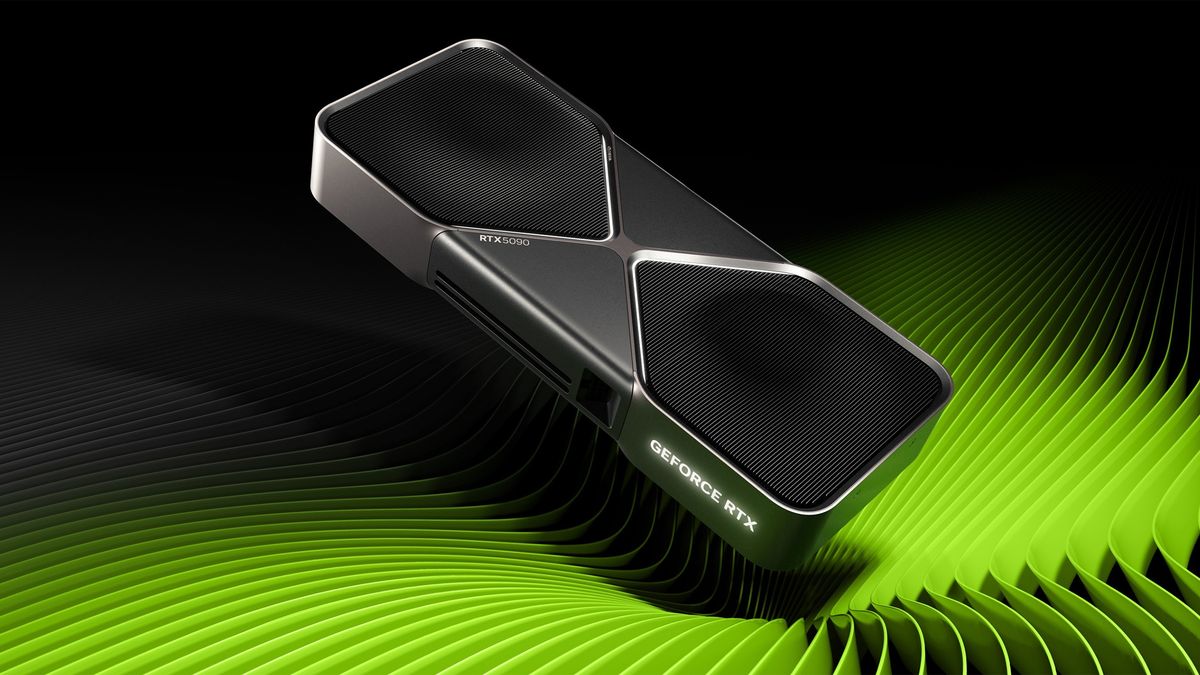There are some raised eyebrows regarding compatibility issuesThere is a new feature called "Smooth Motion" exclusive to Blackwell. It seems to do the same thing as AMD Fluid Motion Frames or Lossless Scaling.

NVIDIA App Update Adds DLSS 4 Overrides, New Broadcast Update, Improvements To RTX Video Super Resolution & More
Also: NVIDIA Broadcast adds new AI-powered effects, NVIDIA Smooth Motion introduces a driver-based AI model that delivers smoother gameplay in many games by inferring an additional frame between two rendered frames, and Control Panel options for Advanced Optimus and Multiple Display management...www.nvidia.com
Unwinder said:But unlike AFMF, which is completely transparent for 3D applications and completely hidden inside the driver, due to some reason NVIDIA decided to implement Smooth Motion as 3D application hook. So it will be compatibility hell, if you try to combine Smooth Motion with third party overlays. Attempt to use most of them will just crash game and require implementing special compatibility path inside overlays for NVIDIA Smooth Motion:
MSI Afterburner 4.6.6 Beta 5 for NVIDIA GeForce RTX 5000 series cards
MSI Afterburner beta for NVIDIA GeForce RTX 5000 series cards will be published in the next few days. It will be possible to download it here, at...
 forums.guru3d.com
forums.guru3d.com


